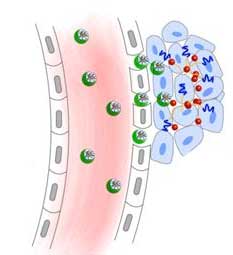 Scientists have developed a nanomedicine platform for cancer that can help doctors know which tissue to cut out as well as kill any malignant cells that can't be surgically removed.
Scientists have developed a nanomedicine platform for cancer that can help doctors know which tissue to cut out as well as kill any malignant cells that can't be surgically removed.
Dec 21st, 2017
Read more
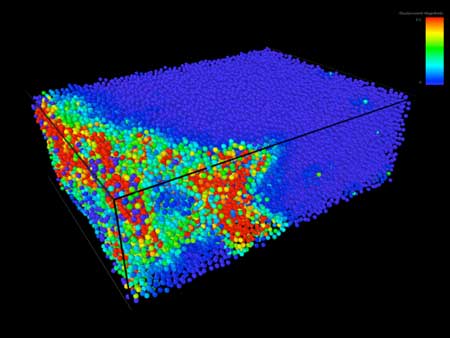 Mechanical engineers predict how seemingly disparate disordered materials fail, using 'softness' as a criterion.
Mechanical engineers predict how seemingly disparate disordered materials fail, using 'softness' as a criterion.
Dec 20th, 2017
Read more
 The technique can use multiple metals and substrates and is compatible with existing manufacturing systems that employ direct printing technologies.
The technique can use multiple metals and substrates and is compatible with existing manufacturing systems that employ direct printing technologies.
Dec 20th, 2017
Read more
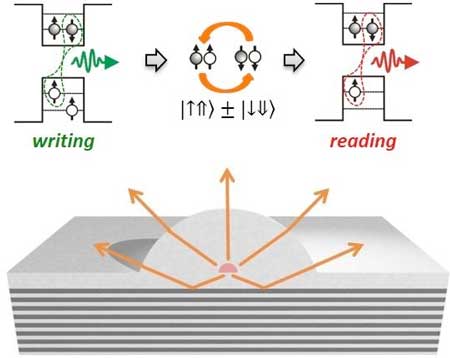 New experiments demonstrate a more efficient and scalable method for using dark excitons in quantum information processing.
New experiments demonstrate a more efficient and scalable method for using dark excitons in quantum information processing.
Dec 20th, 2017
Read more
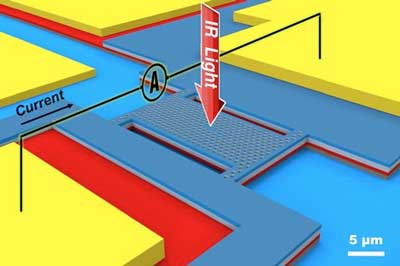 Use your smartphone to check how clean the air is, whether food is fresh or a lump is malignant. This has all come a step closer thanks to a new spectrometer that is so small it can be incorporated easily and cheaply in a mobile phone.
Use your smartphone to check how clean the air is, whether food is fresh or a lump is malignant. This has all come a step closer thanks to a new spectrometer that is so small it can be incorporated easily and cheaply in a mobile phone.
Dec 20th, 2017
Read more
 Silver nanoparticles are being used in clothing for their anti-odor abilities but some of this silver comes off when the clothes are laundered. The wastewater from this process could end up in the environment, possibly harming aquatic life, so researchers have attempted to recover the silver.
Silver nanoparticles are being used in clothing for their anti-odor abilities but some of this silver comes off when the clothes are laundered. The wastewater from this process could end up in the environment, possibly harming aquatic life, so researchers have attempted to recover the silver.
Dec 20th, 2017
Read more
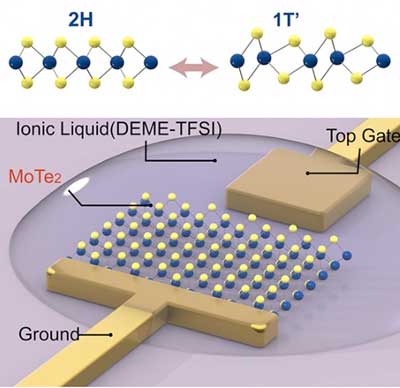 Simply applying a small voltage dramatically changes the atomic structure, vital to creating materials for advanced computer memory.
Simply applying a small voltage dramatically changes the atomic structure, vital to creating materials for advanced computer memory.
Dec 20th, 2017
Read more
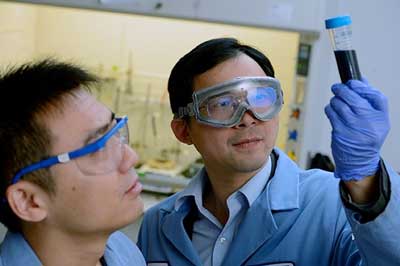 Approach could make electric car batteries more efficient and cost-effective, helping accelerate movement away from fossil fuels.
Approach could make electric car batteries more efficient and cost-effective, helping accelerate movement away from fossil fuels.
Dec 20th, 2017
Read more
 Physicists have succeeded in cooling a nanoelectronic chip to a temperature lower than 3 millikelvin. They used magnetic cooling to cool the electrical connections as well as the chip itself.
Physicists have succeeded in cooling a nanoelectronic chip to a temperature lower than 3 millikelvin. They used magnetic cooling to cool the electrical connections as well as the chip itself.
Dec 20th, 2017
Read more
 The World Health Organization proposes new guidelines to policy makers and professionals in the field of occupational health and safety with recommendations on how best to protect workers from the potential risks of manufactured nanomaterials.
The World Health Organization proposes new guidelines to policy makers and professionals in the field of occupational health and safety with recommendations on how best to protect workers from the potential risks of manufactured nanomaterials.
Dec 20th, 2017
Read more
A superior membrane, with a higher pore density, is produced through synthesizing this polyacrylonitrile nanofiltration membrane using an ionic liquid solvent.
Dec 20th, 2017
Read more
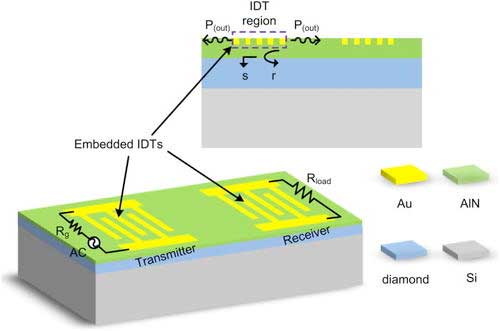 New embedded nanotransducer approach allows surface acoustic wave device to transmit signals with six times the speed of most commercially used devices.
New embedded nanotransducer approach allows surface acoustic wave device to transmit signals with six times the speed of most commercially used devices.
Dec 19th, 2017
Read more
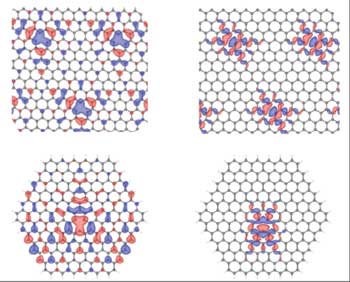 Researchers calculated the overall electron structure of the vacancy region of a crystal lattice through the unprecedented use of a hybrid functional method, which yielded results compatible with experimental data.
Researchers calculated the overall electron structure of the vacancy region of a crystal lattice through the unprecedented use of a hybrid functional method, which yielded results compatible with experimental data.
Dec 19th, 2017
Read more
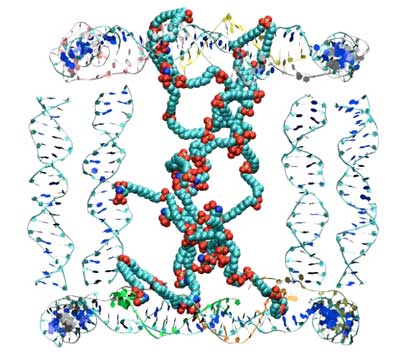 Novel particles could be used in applications ranging from drug delivery to soft robotics.
Novel particles could be used in applications ranging from drug delivery to soft robotics.
Dec 19th, 2017
Read more
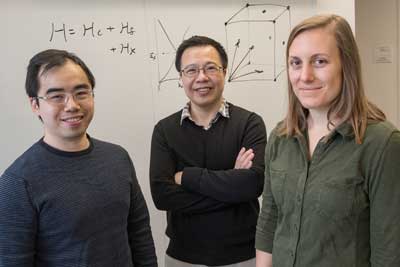 Predictions lay groundwork for experiments to create 'Weyl-Kondo semimetal'.
Predictions lay groundwork for experiments to create 'Weyl-Kondo semimetal'.
Dec 19th, 2017
Read more
 A new x-ray beam technique tracks atomic-level changes under real-world operating conditions.
A new x-ray beam technique tracks atomic-level changes under real-world operating conditions.
Dec 19th, 2017
Read more
 Scientists have developed a nanomedicine platform for cancer that can help doctors know which tissue to cut out as well as kill any malignant cells that can't be surgically removed.
Scientists have developed a nanomedicine platform for cancer that can help doctors know which tissue to cut out as well as kill any malignant cells that can't be surgically removed.














 Subscribe to our Nanotechnology News feed
Subscribe to our Nanotechnology News feed